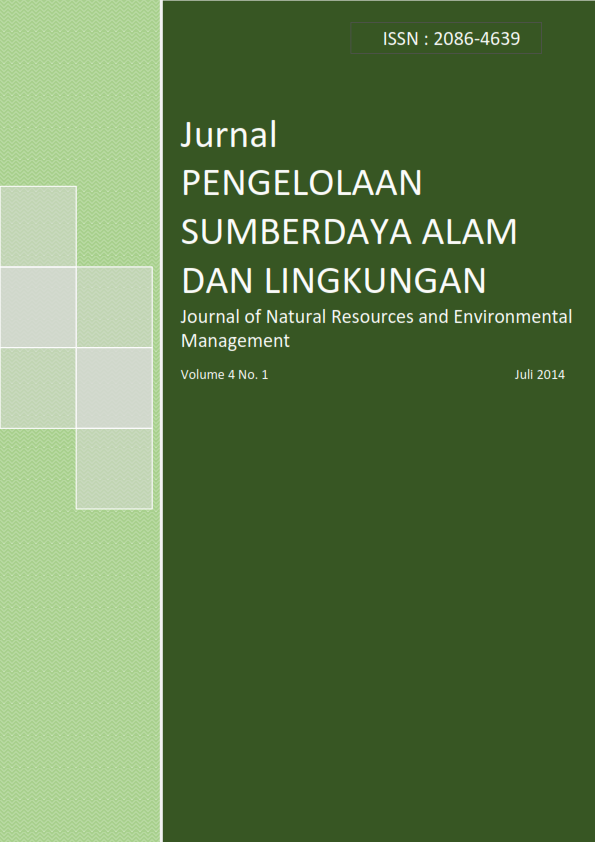Abstract
Angke Kapuk Protected Forest (AKPF) which is formed by mangroves has many important benefits for environment. AKPF, as implied in Master Plan of Jakarta City (RTRW DKI Jakarta) serve as a guarded and protected area. AKPF condition which is more threatened needs strategic policy in management. Accordingly, this research was aimed to identify and analyze AKPF internal-external factors and to arrange AKPF management strategies. Internal Factor Evaluation (IFE) and External Factor Evaluation (EFE) are used for identifying and analyzing AKPF internal-external factors. SWOT Matrix and QSPM are used for arranging management strategies and its priority.AKPF internal factors are strengths and weaknesses. AKPF external factors are opportunities and threats. Evaluation result shows, that AKPF internal factors have a score of 2.15. AKPF has not fully received the benefits for its strength. On the other hand, AKPF is greatly influenced by its weakness. AKPF external factors have a score of 2.20. According to the score, AKPFhas not received benefits from the various opportunities that exist. On the other hand, AKPFis still weak in the face of dynamic external environment. There are eight management strategies for AKPF, in which mangrove rehabilitation is the main priority.
Keywords: AKPF, external factors, internal factors, management strategy
Authors
Authors who publish with this journal agree to the following terms:
- Authors retain copyright and grant the journal right of first publication with the work simultaneously licensed under a Creative Commons Attribution License that allows others to share the work with an acknowledgement of the work's authorship and initial publication in this journal.
- Authors are able to enter into separate, additional contractual arrangements for the non-exclusive distribution of the journal's published version of the work (e.g., post it to an institutional repository or publish it in a book), with an acknowledgement of its initial publication in this journal.
- Authors are permitted and encouraged to post their work online (e.g., in institutional repositories or on their website) prior to and during the submission process, as it can lead to productive exchanges, as well as earlier and greater citation of published work (See The Effect of Open Access).





